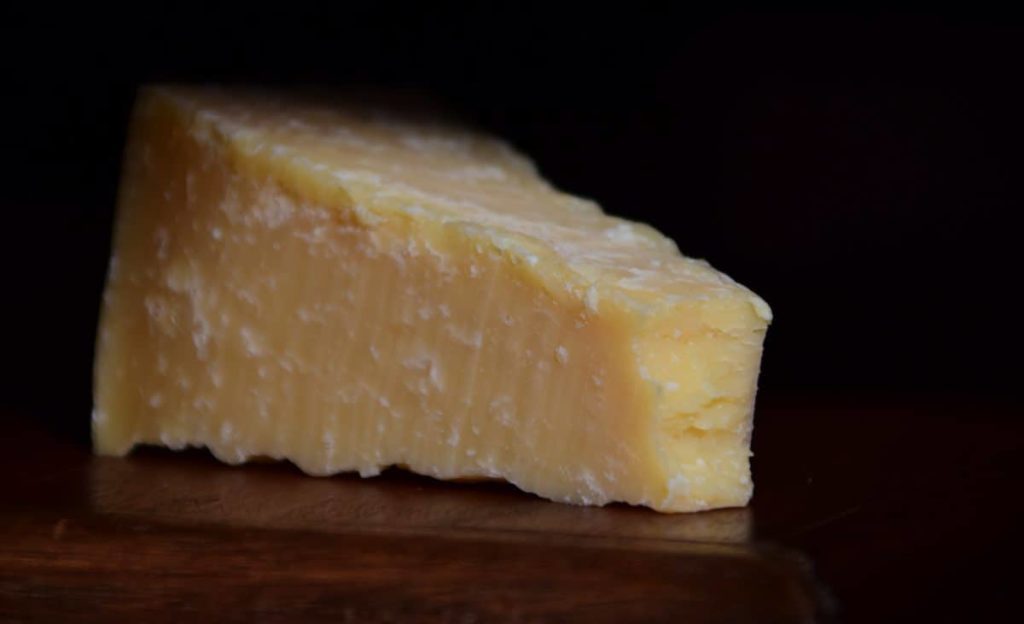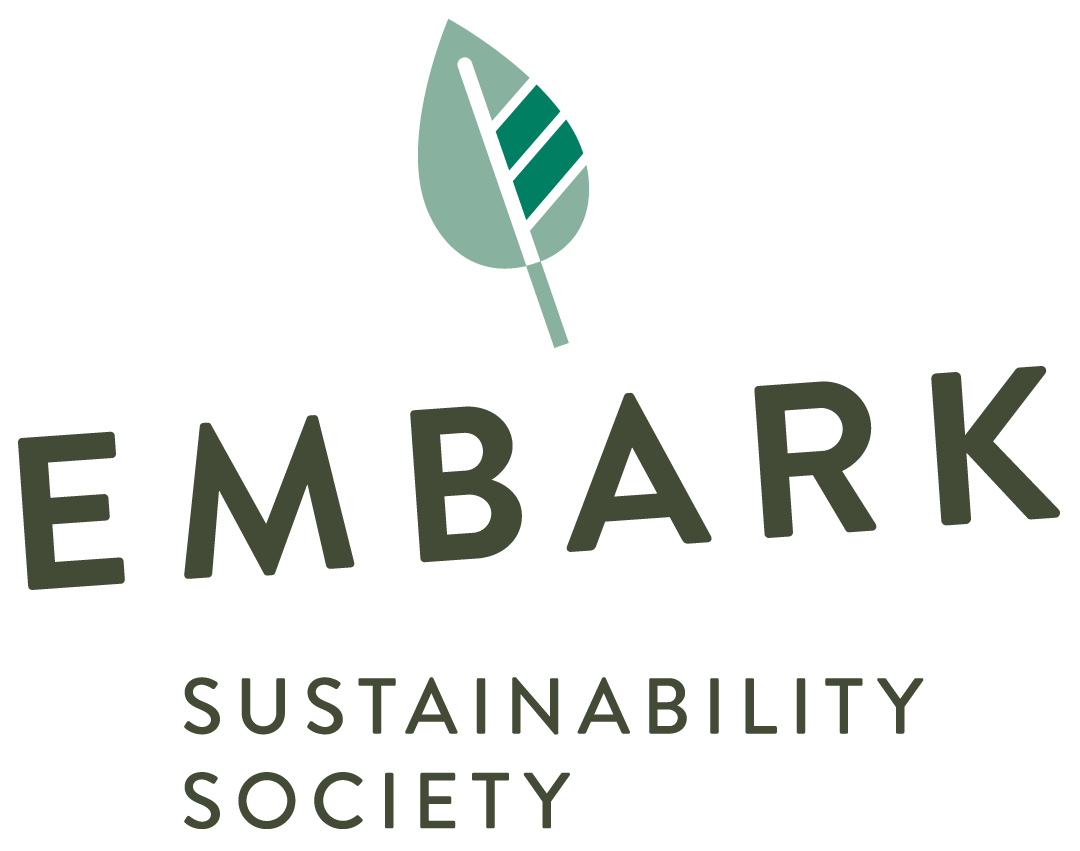Making the change to dairy-free: On cheese addiction, “green” milks, and more
What does it take to make the change to dairy-free? As I recently discovered, quitting milk is harder than you’d think.
Questioning my queso
I first thought about kicking my dairy habit last year, after forgetting to take my recycling out a few too many weeks in a row. Without my noticing, several lopsided yogurt container towers had formed along the walls of my apartment, inching their way toward the ceiling.
“Huh, I guess I eat a lot of yoghurt,” I thought. “Good thing it’s got all those probiotics.”
But although the containers themselves eventually disappeared, they left behind a nagging feeling I couldn’t shake. After more than 20 years as a dedicated vegetarian, cyclist, and recycler, I found myself wondering: What was my milk consumption doing to the planet?
I’d heard a few things about the environmental impacts of dairy before, but I hadn’t taken them too seriously. After all, the vegan alternatives I knew of didn’t seem much better. Almond milk production uses heaps of water, for example, while soy plantations are destroying our rainforests. Compared to these options, could a splash of milk once in a while really be so bad?
After a few late nights on Google Scholar, I found my answer. It wasn’t exactly what I wanted to hear.
How “green” is milk?
As I soon discovered, the environmental impact of the foods on our plate can vary widely, depending on where and by whom it’s grown. Farms across the world show major differences in terms of size, fertilizer use, agricultural practices, and growing climate — all of which, in turn, affect their greenhouse gas emissions (GHGs), land use, and fresh-water reliance. Adding to the mix are packaging- and transport-related environmental costs, not to mention the heaps of waste that can occur after products hit grocery store shelves.
Understanding the role each of these factors plays is complicated — not just for consumers, but also for food researchers.
Despite these challenges, I did find one study that could answer my question. The article, published by Poore and Nemeck in 2018, consolidated data on the environmental consequences of 40 different foods, produced at roughly 38,000 farms around the globe.
The authors looked at environmental impacts in terms of GHG emissions, land use, soil acidification, freshwater use, and eutrophication — a process through which excessive nutrients dissolve in a water source, stimulating aquatic plant growth and depleting oxygen levels.
On every measure, dairy milk performed worse than a soy alternative. Similarly, cheese exceeded plant-based proteins like nuts, eggs, and tofu for all but one factor (nut production requires lots of freshwater):

Estimated global variation in GHG emissions, land use, terrestrial acidification, eutrophication, and scarcity-weighted freshwater withdrawals, within and between 40 major foods. On almost every measure, milk products score higher than plant-based alternatives. Research by Poore & Nemecek (Science, 2018)
“We find that the impacts of the lowest-impact animal products exceed average impacts of substitute vegetable proteins,” Poore and Nemeck conclude. “These stark differences are not apparent in any product groups except protein-rich products and milk.”
It was a hard pill to swallow, but it seemed I had my answer.
A dairy dependence
Even with this strong evidence backing my decision, going dairy-free turned out to be a lot harder than expected — especially when it came to cheese. For weeks, I ate many of my meals while fantasizing about fresh feta. I daydreamed of cheddars and parmesans, stomach grumbling as I walked past the dairy aisle at my local grocer.
Dairy, was everywhere, and I was hooked.
And although I eventually stopped buying dairy products, I never fully stopped eating them. Instead, I became the ultimate freegan, piling my plate full of cheese at every opportunity I could. Dinner parties, networking events, a weekend at my parents’ place — all these events became culinary free for alls. Wherever there was cheese to be found, I’d be there, napkin in hand, ready to collect.

I later learned that there is some evidence behind the idea of milk addiction. Numerous studies have investigated the role of β-casomorphins, morphine-like peptides that form when we digest certain milk proteins. According to some researchers, these peptides can bind to the brain’s opioid receptors, resulting in sedative effects. (This is thought to be why drinking milk can feel so soothing.)
But as far as I can tell, these drug-like effects of milk are extremely mild at best — more than 300 times less potent than those of morphine.
It turns out quitting cheese isn’t hard, because it’s physically addictive. It’s just hard because cheese is really, really ridiculously delicious.
Changing my impact, one bite at a time
Half a year later, I’m still not 100% dairy-free.
But I have made progress. I’ve mostly stuck with my no-buying-milk-products rule, with a few special exceptions. When I do buy dairy, I try to opt for local, organic, more sustainable options. And while I still eat milk products at friends’ houses or events from time-to-time, I’m much less cheese-crazed than I used to be.
Plus, I’ve discovered that I make a pretty wicked garlic hummus! It may not be cheese, but it’s definitely a close second.
I may be only one person, and I am definitely not perfect. But there are only so aspects to our carbon footprint we can control, and taking charge of this one, at least, felt feasible to me. There may still be a long way to go, but it feels nice to make this small contribution to our planet’s future—one garlic-filled bite at a time.
/Alice
